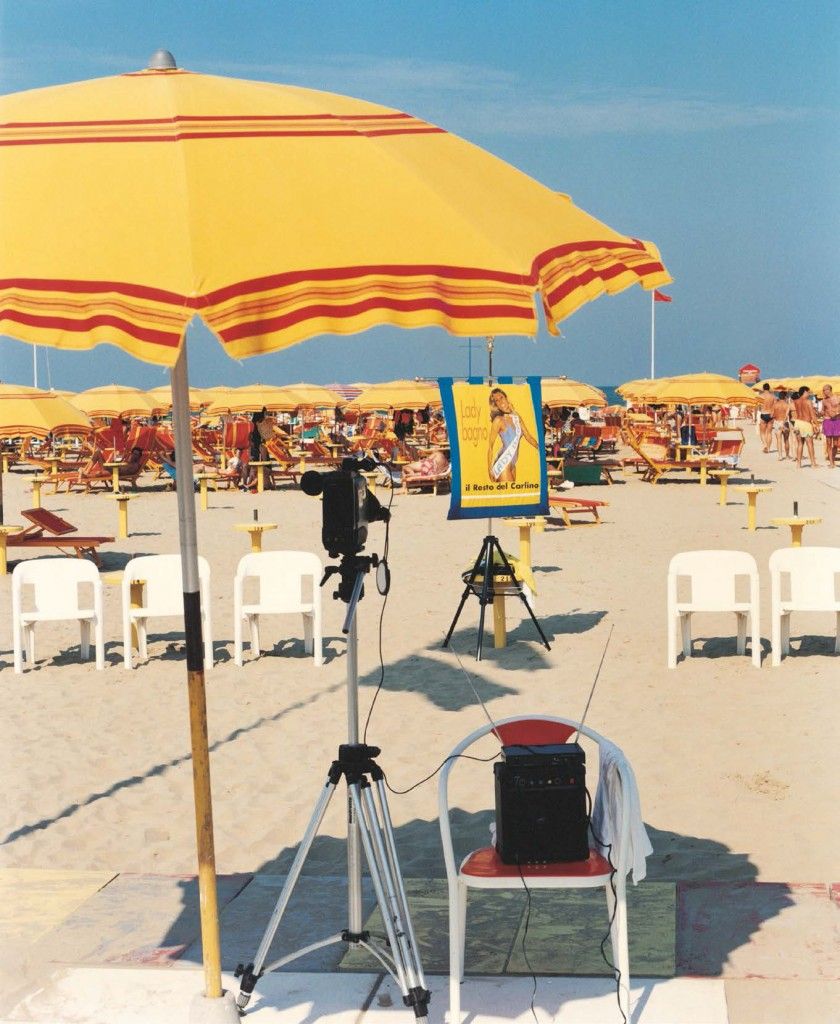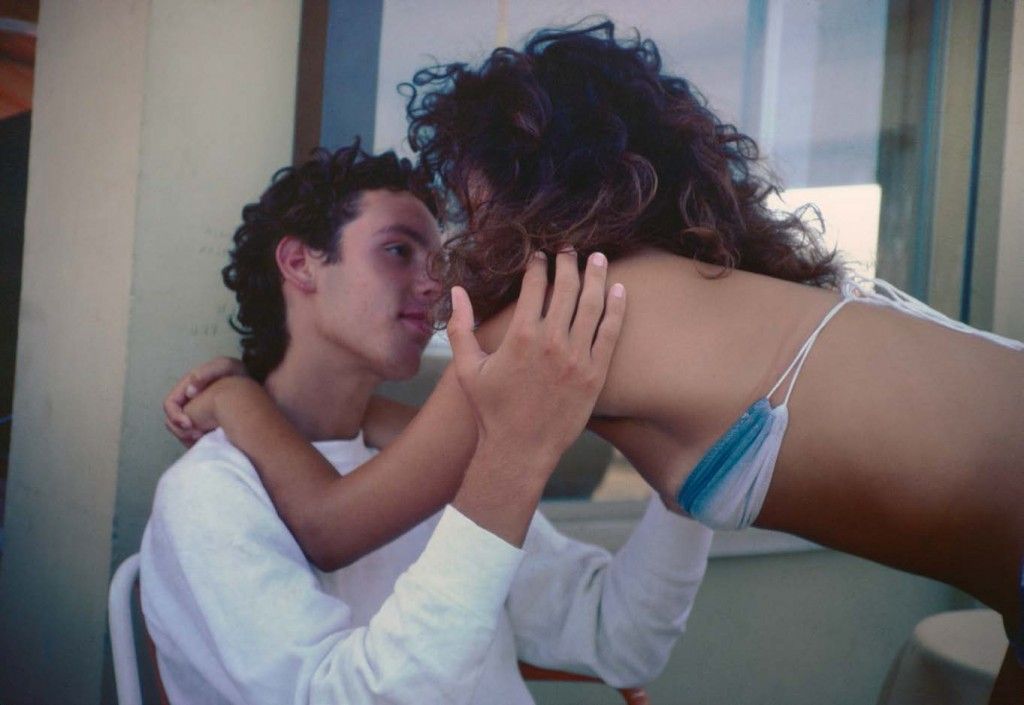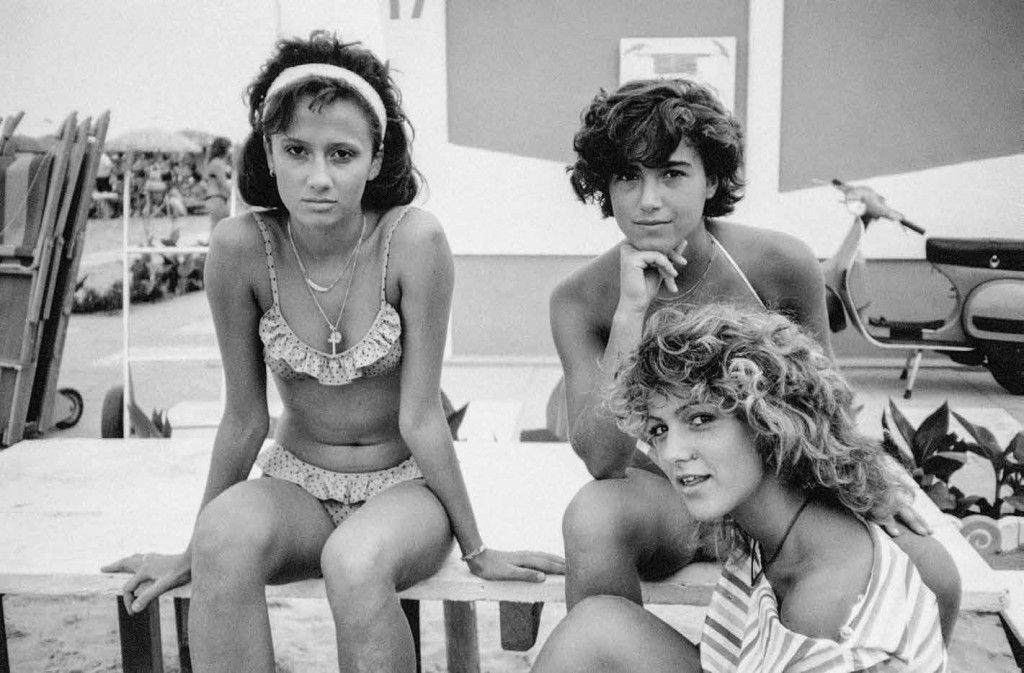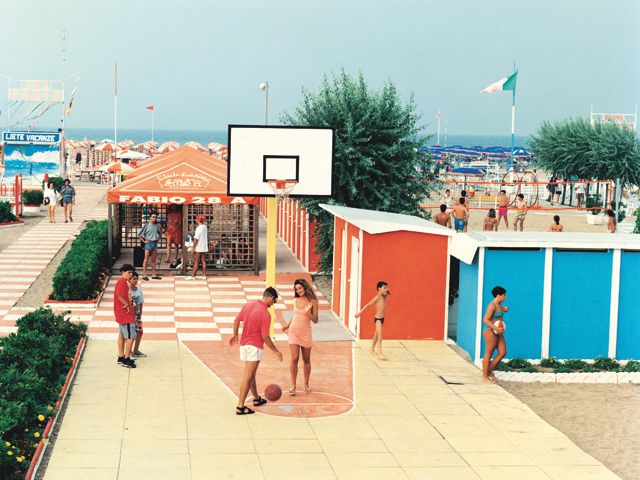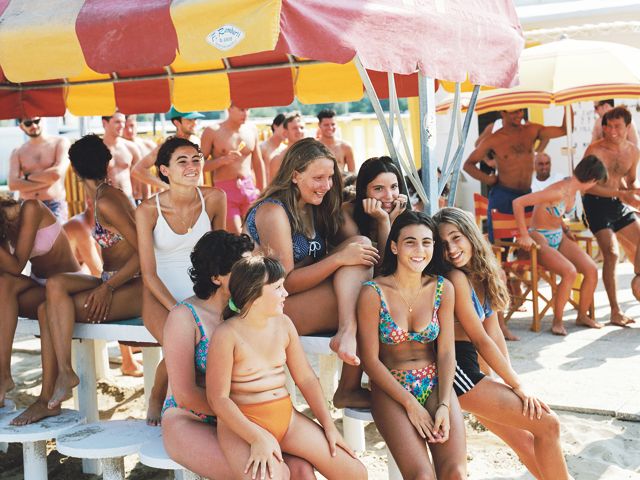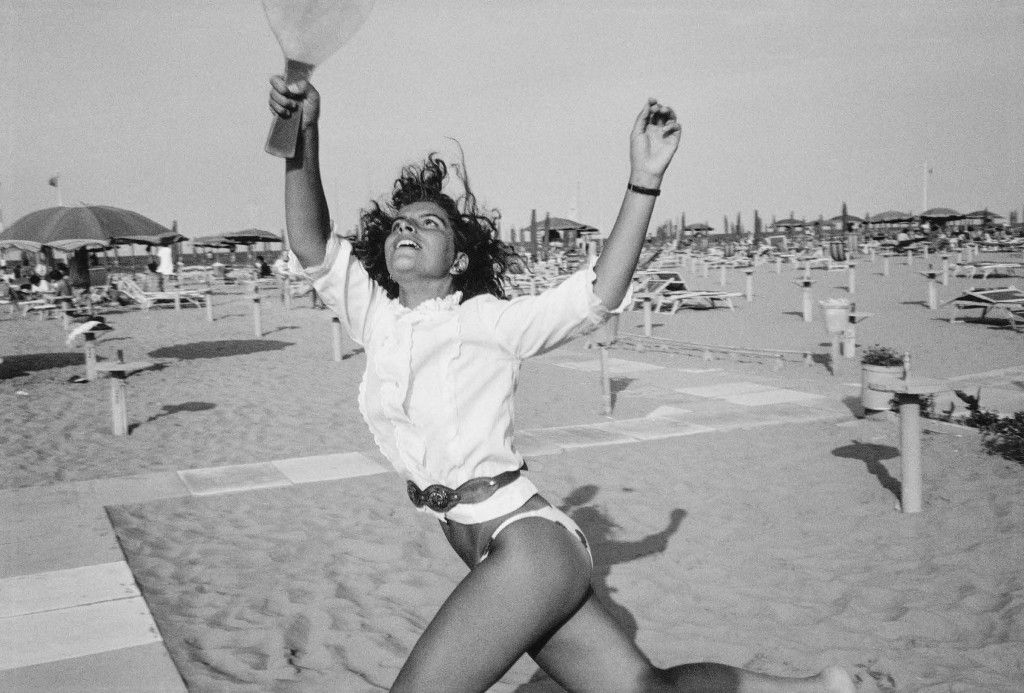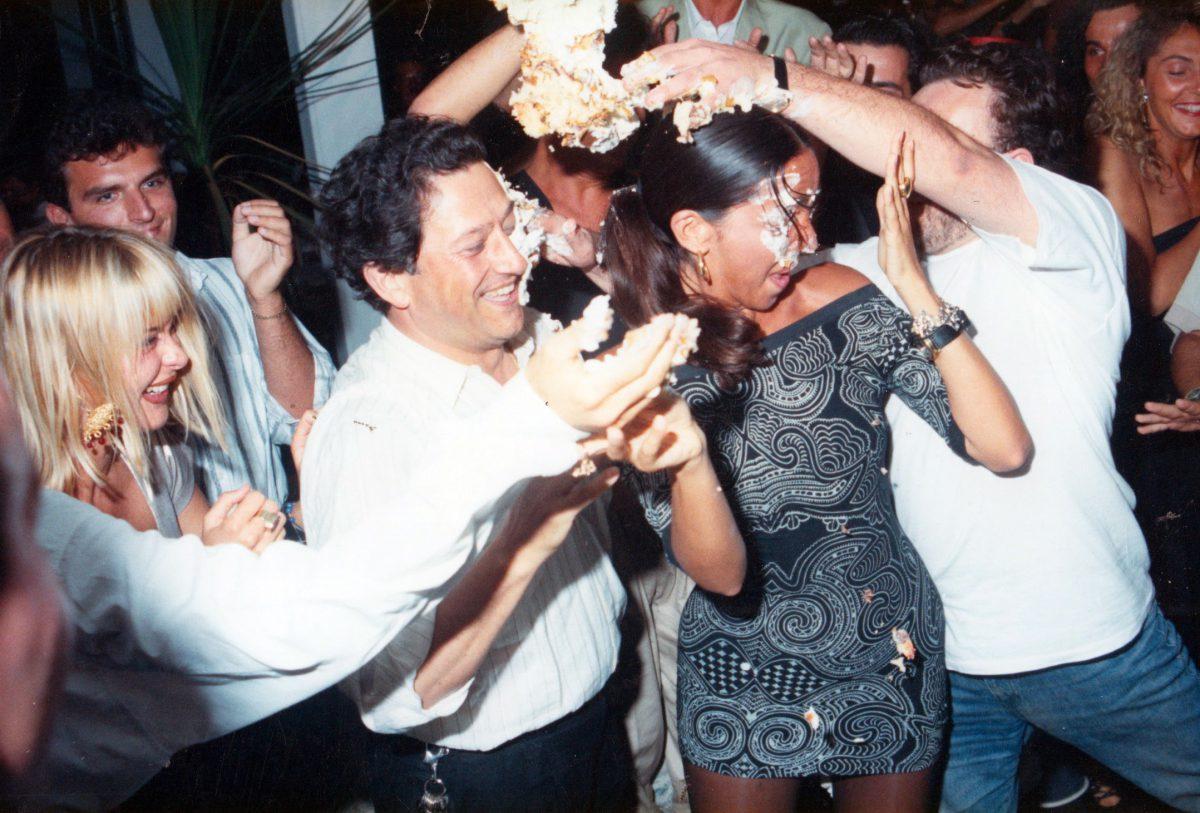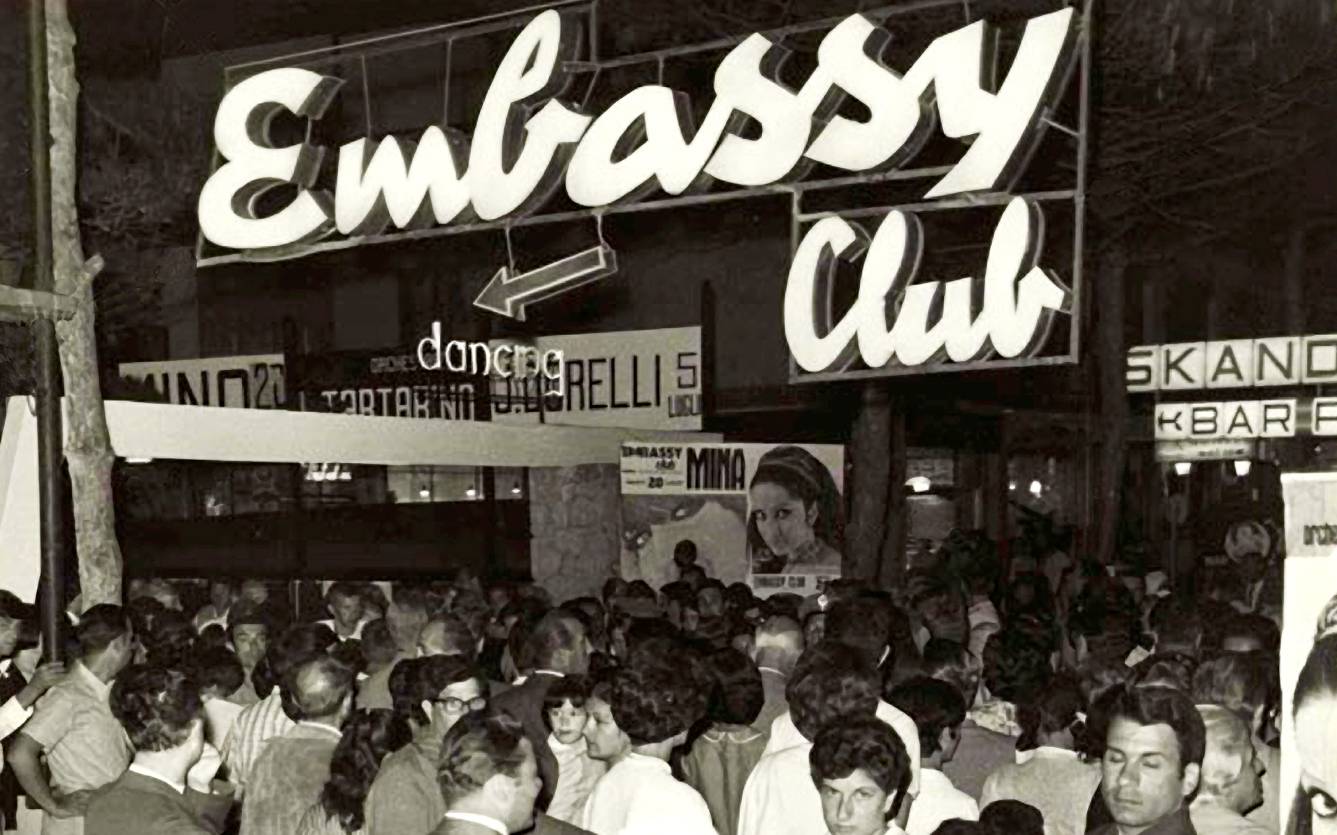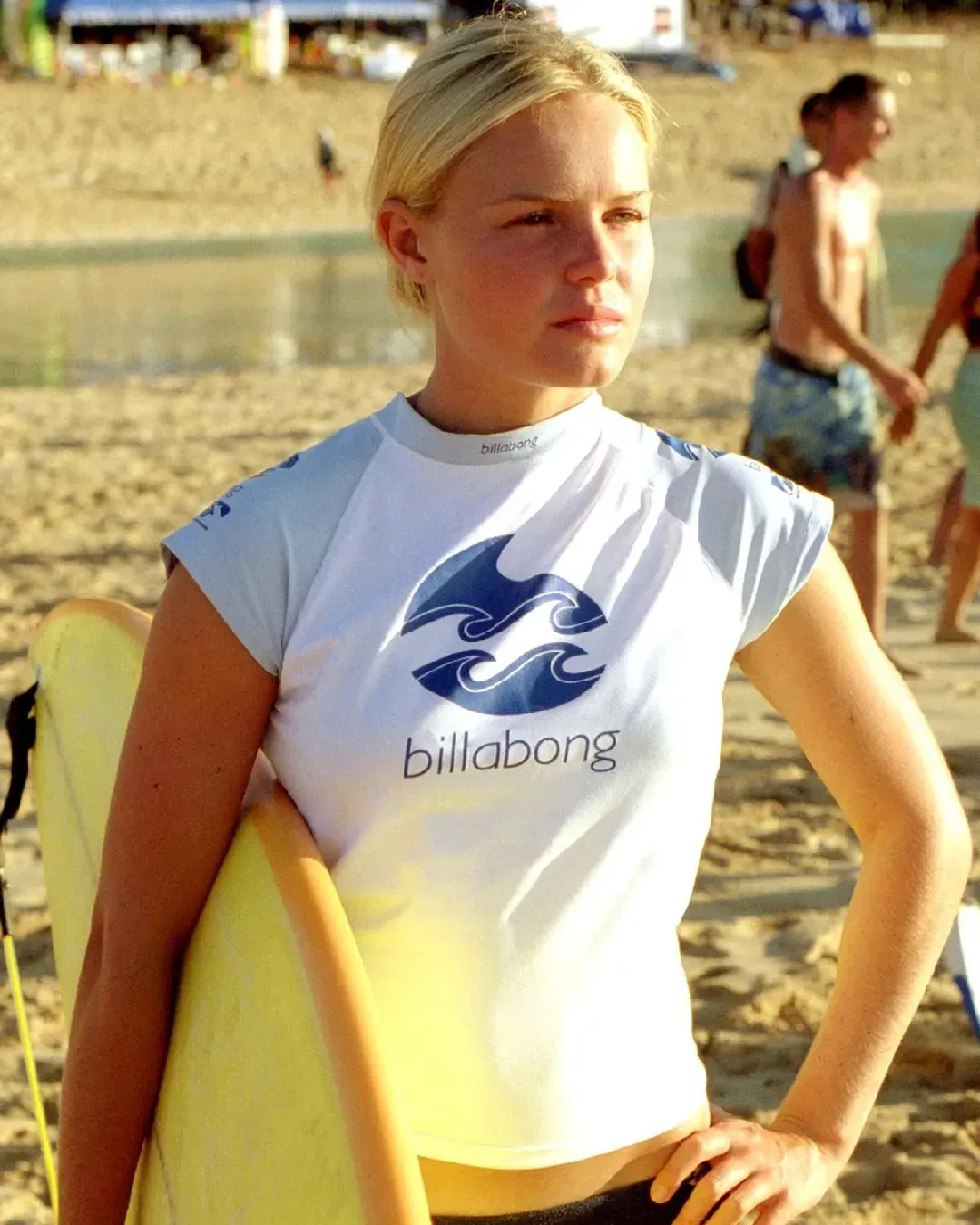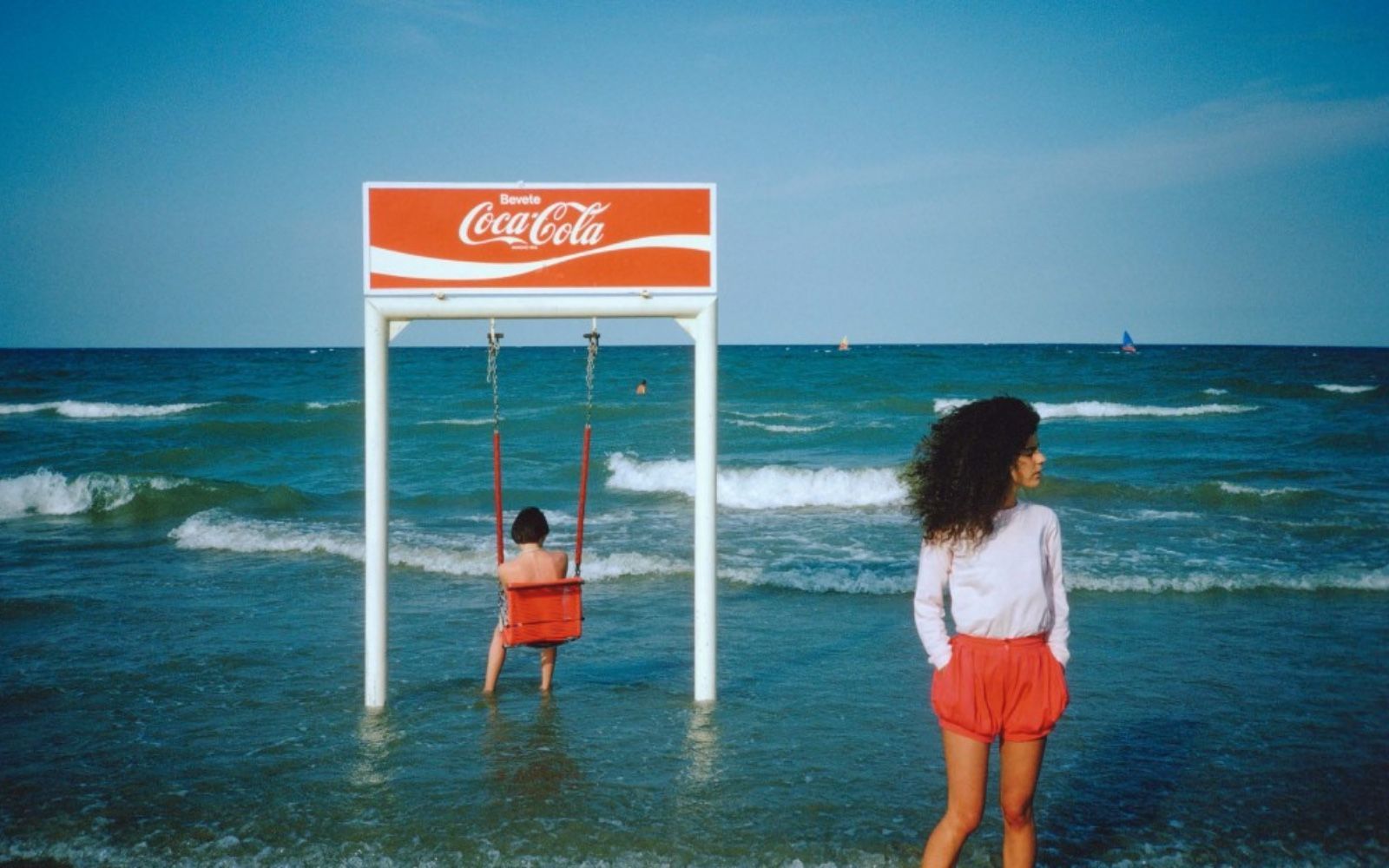
The charm of the Riviera Romagnola The toyland that never slept
To speak of the Riviera Romagnola is to evoke an aesthetic imagination that has its roots in 1959 when Italy was riding the wave of the economic boom. The grand stage of dreamy resorts owes much to the fishermen of Cesenatico and a dolphin that got caught in nets: it was rescued and brought to the Vena Mazzarini canal, becoming a children's attraction. The story of Lalla - this is the name of the dolphin - reached as far as the United States, opening the door to the golden age of mass tourism on the Riviera.
Soon thereafter, the Grand Hotel was built, a great monument of Rimini tourism that would go on to flow into that famous cinematic imagery explored by Federico Fellini, where sweetness and nostalgia are not so far apart. It was precisely in the postwar period, after the fascist experience and the construction of colonies, that the myth of the Riviera as an ideal vacation destination was born. From the 1960s to the 1980s hotels, bathing establishments, and umbrellas multiplied, and nightclubs and discos began to appear: separating the day from the night became one of the many forms of entertainment and fun with which to distract oneself. The discotheque represented a break in the level of language and social customs because it managed to establish itself as a viable alternative to the old generation of clubs, welcoming within it very different social groups.
The first to initiate the transformation was Gianni Fabbri's Paradiso club, Mecca, and Altro mondo, which were soon followed by the Embassy and Lady Godiva. The other sector of the recreation industry that underwent profound transformations in the 1980s and 1990s was that of theme parks: in 1987 Acquafan was opened in Riccione (which later became Oltremare), in 1992 Mirabilandia in Ravenna, and finally in 1997 Le Navi in Cattolica. Pier Paolo Tondelli spoke of a «boiling swamp of souls who go on vacation only to crash», trying to outline the rhythms of a place where no one ever seemed to go to sleep. In the 1990s, indeed, the Riviera resembled a kind of 24-hour Toyland. However, after a brief phase of initial dismay, the Riviera ended up reconfirming itself as a place of experimentation with new forms of entertainment, related to fitness, the enhancement of the hinterland, and the rediscovery of gastronomic traditions, which still exerts a strong attraction on Italians and non-Italians alike.










































